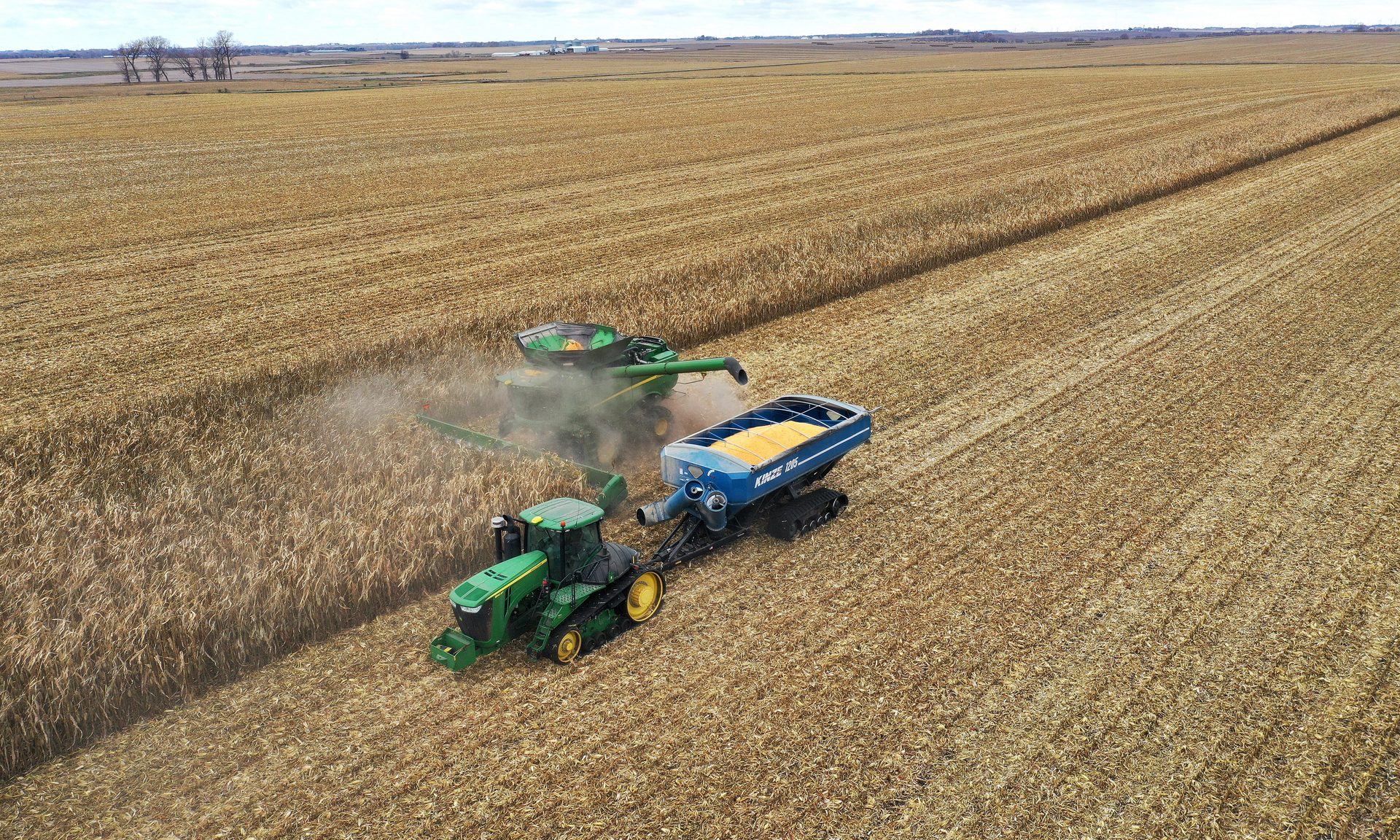What Is the Farm Bill?
The Farm Bill must be passed or extended by Congress every five years in order to fund U.S. agricultural and food programs.

Many, or all, of the products featured on this page are from our advertising partners who compensate us when you take certain actions on our website or click to take an action on their website. However, this does not influence our evaluations. Our opinions are our own. Here is a list of our partners and here's how we make money.
Updated on Oct. 6.
The current farm bill expired on Sept. 30, 2025, and in the midst of a government shutdown and general legislative impasse, there are no signs the issue will be addressed soon.
Congress is required to address a new farm bill every five years. The United States has been operating under the Agriculture Improvement Act of 2018, which has been extended twice, most recently in 2024.
If Congress does not pass a new farm bill or extension by Jan. 1, 2026, the U.S. will revert to “permanent law,” a set of farm policies that date back as far as the 1930s.
Read more below.
If you’re not a farmer, you might not think you need to care about the Farm Bill. But if you purchase or consume any food you haven’t grown yourself, you probably should.
The Farm Bill — the Agriculture Improvement Act — refers to a wide-ranging package of bills that must be addressed by Congress every five years. It covers mandatory and discretionary funding for a variety of agricultural and food programs, which are split into 12 sections, also known as titles. These titles are:
- Commodity: Support for commodity crops like corn, dairy, peanuts, rice, soybeans and sugar. It also includes disaster assistance.
- Conservation: Programs to support land and natural resources conservation including including land retirement programs, easement programs, working land programs, etc.
- Trade: Includes U.S. agricultural export programs and international food assistance.
- Nutrition programs: SNAP and other nutrition assistance programs for low-income families such as school lunch programs.
- Credit: Direct government loans and guarantees for farmers.
- Rural development: Provides grants, loans and guarantees to support multiple areas of rural economic growth such as business, housing and community facilities.
- Research, extension and related matters: Supports agricultural-related education and research.
- Forestry: Supports conservation programs through the USDA’s Forest Service.
- Energy: Provides grants and loan guarantees for developing renewable energy systems.
- Horticulture: Supports production of specialty crops, USDA-certified organic foods, hemp, farmers markets and local food programs.
- Crop insurance: Authorizes the Federal Crop Insurance Program, which offers subsidized insurance policies to protect farmers against losses.
- Miscellaneous: Advocacy and outreach programs; programs for beginning farmers as well as socially disadvantaged farms; and animal health programs.
The title that receives the biggest portion of Farm Bill funding is nutrition — about 76% in the 2018 bill. Nutrition includes the Supplemental Nutrition Assistance Program (SNAP) — food benefits for low-income families once known as food stamps. As of January, 41 million Americans received SNAP benefits, according to the U.S. Department of Agriculture (USDA).
(Photo by Scott Olson/Getty Images News via Getty Images)
Article sources
NerdWallet writers are subject matter authorities who use primary,
trustworthy sources to inform their work, including peer-reviewed
studies, government websites, academic research and interviews with
industry experts. All content is fact-checked for accuracy, timeliness
and relevance. You can learn more about NerdWallet's high
standards for journalism by reading our
editorial guidelines.
Related articles







